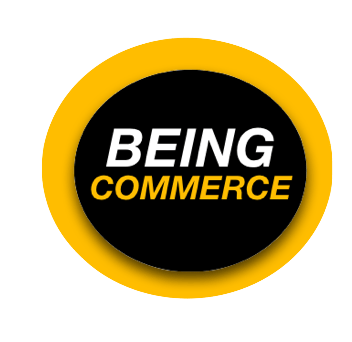In today’s chapter, we will cover the chapter of class 11 business studies that are an international business. This notes will help to solve case studies easily
Meaning of International Business
Buying and selling of goods or services beyond the geographical limit of the country are called as international business/External trade/Trade between two countries.
Characteristics of International Business
- Involvement of two countries.
- Payment in foreign currency is required.
International business is classified into three types –
1) Import
2) Export
3) Entrepot (Re-export)
Problems of international business
1) It involves many legal procedures (Complicated Procedures) like government permission, documents fill up, customs clearance, etc.
2) It has many restrictions. International business is not free as internal trade.
3) High risk in transit/transportation.
4) It also involves different languages which is not known to every person.
5) It also arrangement of foreign currency which is also very difficult.
Reason for international business
1) Unequal distribution of natural resources among different countries.
2) Countries can not produce equally or cheaply all that they need.
3) Availability of different factors of production. Example – land, labor, etc.
There are many procedures involved in export which are:-
1) Receipt of enquiry and sending quotation.
2) Receipt of order or indent.
3) Accessing importer’s credit wortheness and security payment.
4) Obtaining export license
- IEC(Import and Export Codes) can be obtained through regional import and export licensing authority.
- RCMC(Registration Cum Membership Certificate) is basically a discount certificate. It can be obtained from the export promotion council, export development authority, etc.
- ECGC(Export Credit Guarantee Corporation) is for the security of the business.
5) Obtaining free shipment finance.
6) Production and procument of goods.
7) Pre-shipment inspection.
- Consignments inspection
- In-process quality control.
- Self-certification
8) Exercise clearance is a tax payment when there is international trade.
9) Obtaining a certificate of origin is proof that goods are manufactured from the same country from where it is demanded. This certificate also gives some discount from the tax.
10) Reservation of shipping space. In this, it is written that instruction to the captain to receive specified goods after custom clearance.
11) Packaging and forwarding. While packaging name and address of importer, weight, destination place should be written.
12) Insurance of goods is done through marine insurance policy.
13) Custom clearance. In this, shipping is made in which details of goods, destination place, name and address of exporter should be written.
14) Obtaining mate receipt. In mate receipt the vessel, place, date of shipment is written.
15) Payment of Frieght & Insurance of Bill of landing. After goods loaded the mate receipt handover to shipping company.
16) Preparation of invoice. Invoice is made by C & F agents.
17) In the last Security payment is done.
Import Procedure
1) Trade inquiry is done from the trade association.
Trade association helps to identify the seller(exporter).
2) Procurement of import license. Through this document, we make sure that the license is necessary or not in this purchase. For licensing we move towards regional export/import licensing community.
3) Obtaining foreign exchange refers to the change in currency while moving to another country. RBI gives permission to the buyer for acquiring foreign currency.
4) Placing order or indent. The Proforma invoice includes the necessary details written like price, quantity, weight, color, etc. Indent also includes written details like price, quantity/quality, weight, size, packaging, etc.
5) Obtaining letter of credit. Letter of credit is always issued by buyer.This letter increases trust between seller and buyer.
6) Arrange for finance.
7) Receipt for shipment advice.
8) Retirement of import documents.
9) Arrival of goods.A document called Bill of entry is to be made and submitted to custom officer after the arrival of goods.
10) Custom clearance. Custom officer tells importer how much money to be paid by him/her as custom duty (tax).
World Trade Organisation (WTO)
The World Trade Organisation is formed in 1 Jan, 1995.
“It refers to global international organisation which deals with rules and regulations of trade between nations.”
Nature/Characteristics of WTO –
1) WTO deals in trade between nations at global level.
2) It is a contact signed by the government to keep trade policies within agreement limit.
3) WTO purpose is to liberalise(freedom/independent) trade.
4) WTO settle disputes between two countries and also regulates their trade.
5) Main function of WTO is to ensure trade focus as smoothly as possible.
Benefits/role of WTO –
1) It promotes international peace.
2) Settles disputes between the countries related to trade.
3) Framing common rules and regulations for trade in different countries.
4) Preferential treatment to developing countries.
Limitations of WTO –
1) Free trade benefits to developed countries more than developing countries.
2) Free trade ignores cultural and social factors.
3) WTO is criticised for being undemocratic.





